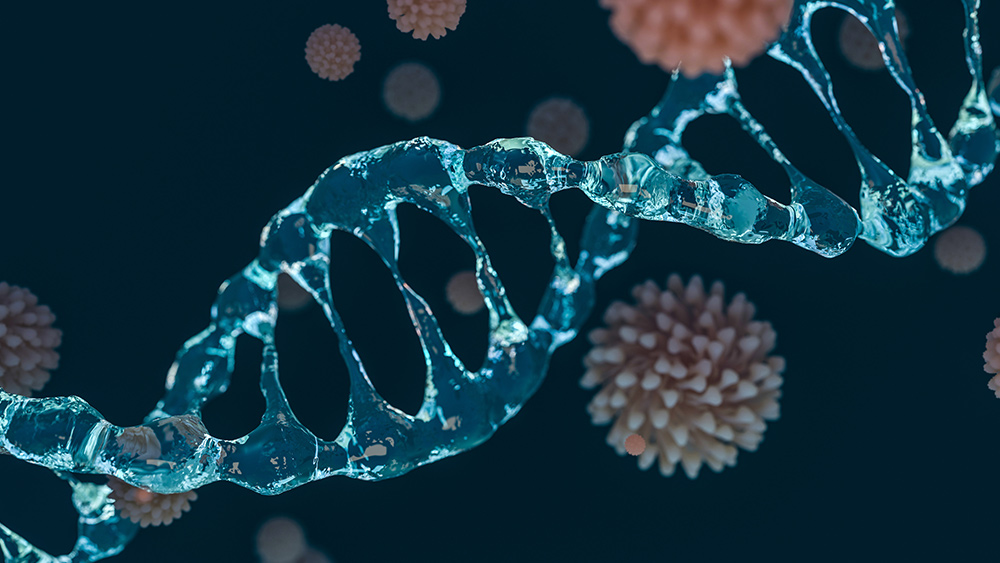
Researchers from the University at Buffalo developed a new technique that could measure protein vibrations. This new discovery opens up new opportunities in biological research. For instance, it allows scientists to study minute motions of proteins and use it to identify specific proteins present in a given sample. Moreover, scientists could use the new method to check if medicines designed to inhibit the activity or vibration of certain proteins are working. This would mean studying the vibrational patterns of proteins prior to and after the treatment with inhibitors.
“Proteins are elegant and robust nanomachines that nature has developed,” said Andrea Markelz, the team lead and co-author of the study. “We know nature uses molecular motions to optimize these machines. By learning the underlying principles of this optimization, we can develop new biotechnology for medicine, energy harvesting and even electronics.”
Vibrations allow proteins to rapidly modify their shape into something else so they can readily bind to other proteins. This process is essential to proper biological function.
Researchers modify existing technology to improve cellular imaging
A few years back, Markelz developed a method called anisotropic terahertz microscopy (ATM), which allowed researchers to look at protein vibration in great detail. It also allowed scientists to observe the movements of a protein and how much energy it had. Using this technique, researchers directed terahertz light on a molecule, then quantified the light frequencies that the molecule absorbed. This information allowed researchers to better understand the movement of molecules as they vibrated with the similar frequencies as the light they absorbed.
In the new research published in the journal Nature Communications, the researchers modified ATM so that it could surpass its limitation -- the need to rotate and re-center protein samples multiple times in order to collect enough information. The new ATM eliminates that process. “Instead of rotating the protein sample, we rotate the polarization of the light we shine on the sample,” Markelz explained. The modification in the ATM allows scientists to study protein cells at a much faster rate. Moreover, it helps scientists collect information about the samples that were not possible using the old ATM.
The researchers looked at four protein samples using the modified technique:
- Chicken egg-white lysozyme: A well-studied protein in the field of science.
- Photoactive yellow protein: A protein that safeguards bacteria involved in photosynthesis from harmful ultraviolet light.
- Dihydrofolate reductase: Antibiotics and cancer treatments target this protein.
- RNA G-quadruplexes: This protein is essential for cellular functions like gene expression.
Markelz and her team were able to measure the vibrational pattern of the samples. Each sample generated a unique vibrational “fingerprint” based on the molecule's light absorption pattern. The chicken egg protein samples, for instance, had a different light absorption spectra for freely moving proteins and for proteins that were bound by a compound that inhibits the lysozymes' function. This shows that the new technique could recognize the presence of an inhibitor.
For more news stories and studies about proteins and their unique signatures, visit Science.news.
Sources include:
Please contact us for more information.























